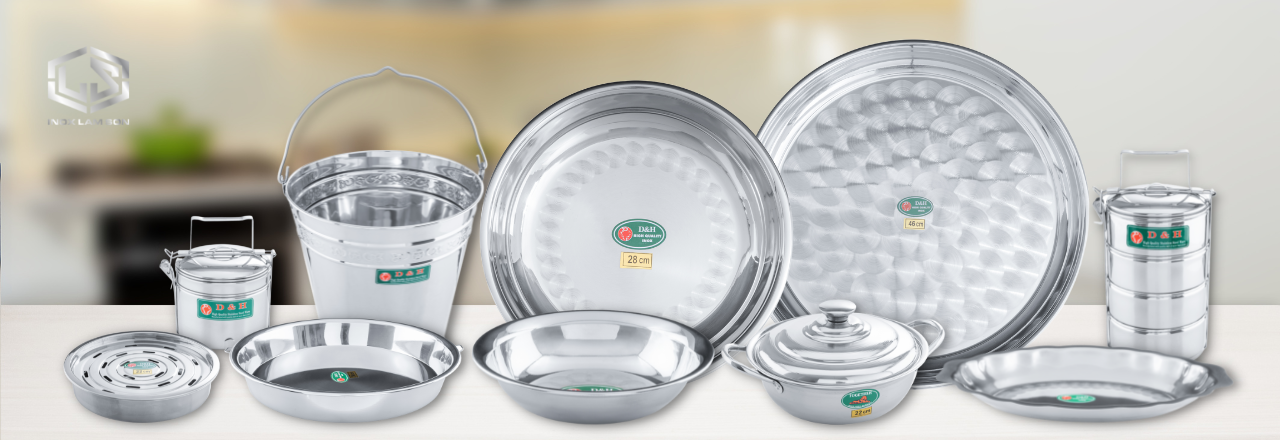Construction Accounting Guide: Methods, Tips & Software
Content
CoConstruct, designed for remodeling and home building teams, tracks and streamlines the construction process from start to finish. Its features include cost control, budgeting and forecasting, timesheet management, bidding, lead tracking, invoicing, document management and more. Often, an ERP is more expensive than standalone construction accounting software. Asking probing questions about the features of construction accounting software and vendors is an essential step in selecting the right software partner. Balance sheets summarize all of your business’s assets, liability, and owner’s equity.
- Finally, revenue can be recognized at the time when control of each performance obligation transfers from the contractor to the customer.
- Cash basis accounting is a method that recognizes revenue when cash is collected and expenses when cash is spent.
- Additional modules help users handle lead tracking, bid management and communication with the inclusion of the TeamLink Portal.
- A time-and-materials contract is a variation on the preceding cost plus contract.
- To ascertain the percentage of completed work, one may have to rely on certifications by external competent parties such as architects, valuers, or other qualified persons.
For each period, the contractor provides a summary cover sheet and a detailed description of the work completed . The company must also ensure it complies with local wage scales and regulations in effect at each site, and it may need to purchase materials or rent machinery from outlets near each site. Many contractors choose to lease rather than purchase vehicles, and lease accounting brings its own challenges. With the right process, you can save time on your invoicing, accounting, bookkeeping, and tax preparation, even without previous construction accounting experience. Each month your bank will send you a record of your income and expenses.
What Is a Work in Progress Schedule? | Construction Accounting
Acumatica software enables users to centralize transactions and to view a company’s financial status in real-time. It connects features such as the general ledger, accounts payable, accounts receivable and tax management to ensure that information is portrayed across all accounting aspects. It can be configured for needs ranging from distribution, manufacturing and point of sale to construction and retail-commerce. Available for deployment both on-premise and in the cloud, it’s especially beneficial for small and medium businesses. Designed for projects of all sizes, Procore aims to streamline communication, track finances and resources and handle projects from planning to delivery. Real-time data accessibility gives users actionable insights from a centralized dashboard.
What type of accounting is used in construction?
Construction Accounting FAQs
A: Accounting methods used in construction accounting include cash basis, accrual basis, the completed contract method (CCM) and the percentage of completion method (PCM).
Under cash accounting, if money didn’t change hands yet, there’s no transaction to account for. By tagging every transaction with information from the job cost structure, contractors are able to see a whole new dimension to their costs. They can look at how much each aspect of operations costs on a particular job and across the company as a whole. Along with expenses, they can track progress according to specific budget items, detect patterns, and report profitability or overruns for different production activities as they’re underway. Importantly, they can also identify costs shared between multiple jobs, like equipment, and calculate a fair way to distribute those costs, which is called overhead allocation. In construction, production contracts can last years and have multiple, extended payments over that time.
Construction Accounting: An Introductory Guide
For example, a contractor might provide a unit price per mile of highway. To make a profit, a construction firm needs to be able to accurately estimate all the costs — labor, materials, overhead — involved in delivering each unit. Although the simplicity of cash basis accounting is appealing, it can paint a misleading picture of a company’s finances. Contractors record revenue when and only when they receive payment — and report expenses when and only when they actually pay. Therefore, there are no accounts payable (A/P) or accounts receivable (A/R).
Indirect ExpensesIndirect expenses are the general costs incurred for running business operations and management in any enterprise. In simple terms, when you want to buy grocery from a supermarket, the transportation cost to get you to the supermarket and back is the indirect expenses. Between estimates, bills and purchase orders, builders can look at the estimated costs construction bookkeeping of a job, the actual costs and the receivables to run a variety of financial reports. These should be “buckets” or “groups” of the different types of costs on any given job. If you see you’re overspending within any one of these general areas, it will be easy enough to drill down to the specific material, subcontractor or labor cost that’s putting you over budget.








